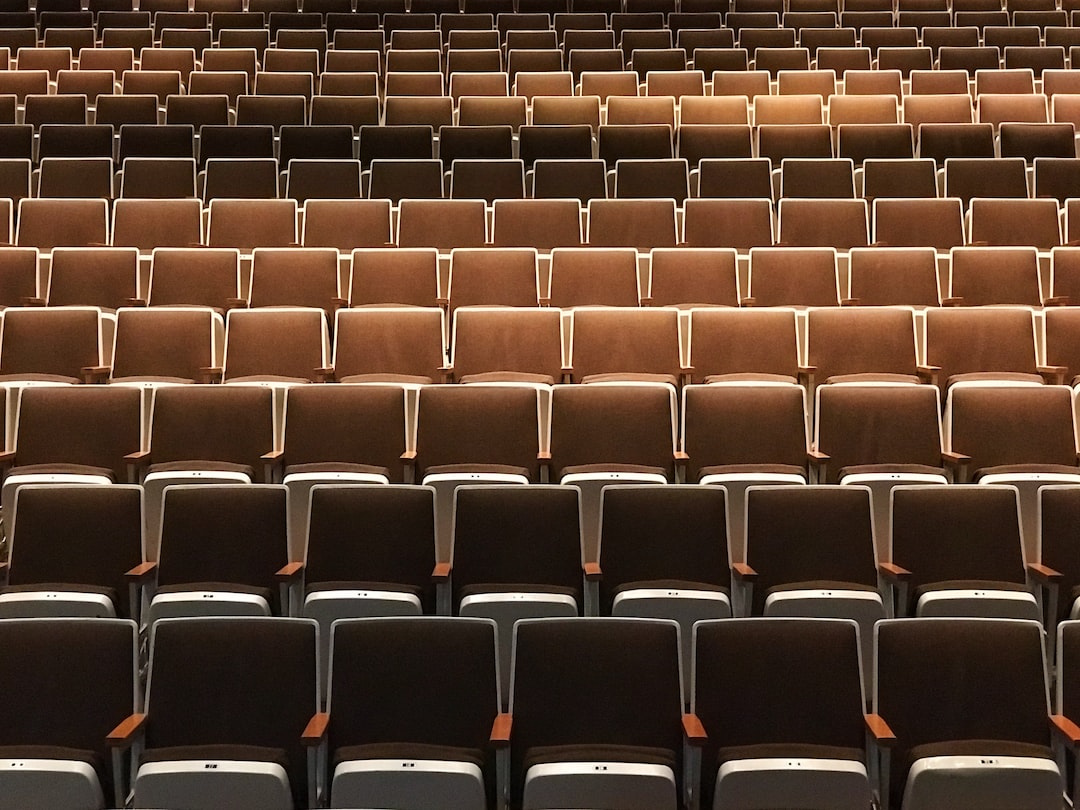The rich and diverse cultural heritage of indigenous communities around the world is reflected in their art. These indigenous art forms, rooted in centuries-old traditions, not only express creativity but also serve as a means to preserve their cultural identity.
Indigenous art has become increasingly popular and sought after in recent years. Through their creative expression, indigenous artists are able to showcase their unique cultural heritage, traditions, and stories. From intricate wood carvings to vibrant paintings, every piece of indigenous art reflects the deep connection between the artist and their ancestral roots.
One of the key reasons why indigenous art is a powerful tool for cultural preservation is that it provides a platform for the passing down of stories and knowledge from one generation to the next. These art forms often depict important events, spiritual beliefs, and ancestral legends, giving the viewer a glimpse into the rich history of these communities. For indigenous artists, creating art is not just a means of self-expression but also a responsibility to carry on their cultural legacy.
Indigenous art also plays a crucial role in challenging the dominant narrative surrounding indigenous communities. For centuries, indigenous cultures have often been misrepresented or ignored altogether. By showcasing their art to the world, indigenous artists are able to reclaim their narrative and challenge stereotypes. Through vibrant colors, intricate designs, and powerful symbolism, indigenous art demands recognition and respect for their unique cultural perspectives.
Moreover, indigenous art has proven to be an important source of economic empowerment for indigenous communities. Many indigenous artists rely on their art as a primary source of income, allowing them to support their families and communities. By promoting and purchasing indigenous art, individuals can contribute to the economic well-being of these communities, helping to preserve their cultural heritage for future generations.
In addition to preserving culture, indigenous art also serves as a form of healing and self-expression for many artists. Through the process of creating art, indigenous artists tap into their emotions, spirituality, and connection with nature. This process not only helps them cope with the trauma and challenges faced by their communities but also enables them to share their resilience and hope with the world.
Despite the importance of Indigenous art in preserving cultural heritage, it faces several challenges in the modern world. One of these challenges is the appropriation and exploitation of indigenous art by non-indigenous individuals and companies. Indigenous artists often face issues of copyright infringement and unethical reproduction of their art, which not only undermines their creative contributions but also perpetuates cultural misrepresentation.
To address these challenges, it is crucial for governments, organizations, and individuals to support and protect indigenous artists and their cultural heritage. This can be done through legal protections for indigenous intellectual property, fair and ethical trade practices, and the promotion of indigenous art in mainstream galleries and museums. Collaboration between indigenous and non-indigenous artists can also help foster understanding and appreciation for indigenous art forms.
In conclusion, indigenous art is a powerful tool for preserving cultural heritage and promoting the unique perspectives of indigenous communities. Through their creative expressions, indigenous artists pass down stories, challenge stereotypes, build economic empowerment, and find healing. However, efforts must be made to protect and support indigenous artists in order to ensure the continued preservation of their cultural heritage. By recognizing the value and significance of indigenous art, we can contribute to a more inclusive and diverse artistic landscape while also fostering respect for indigenous cultures and their contributions to the world.

